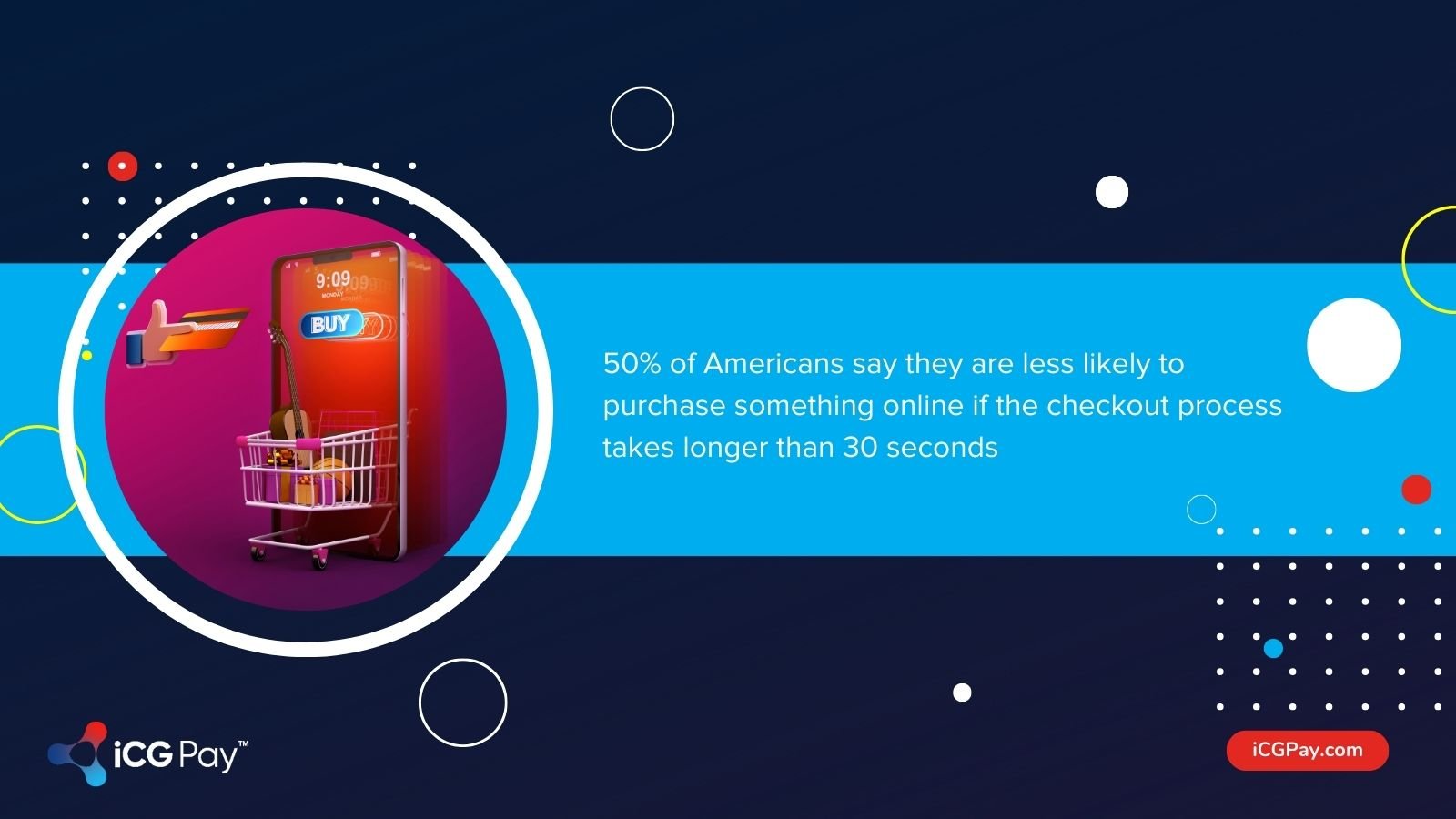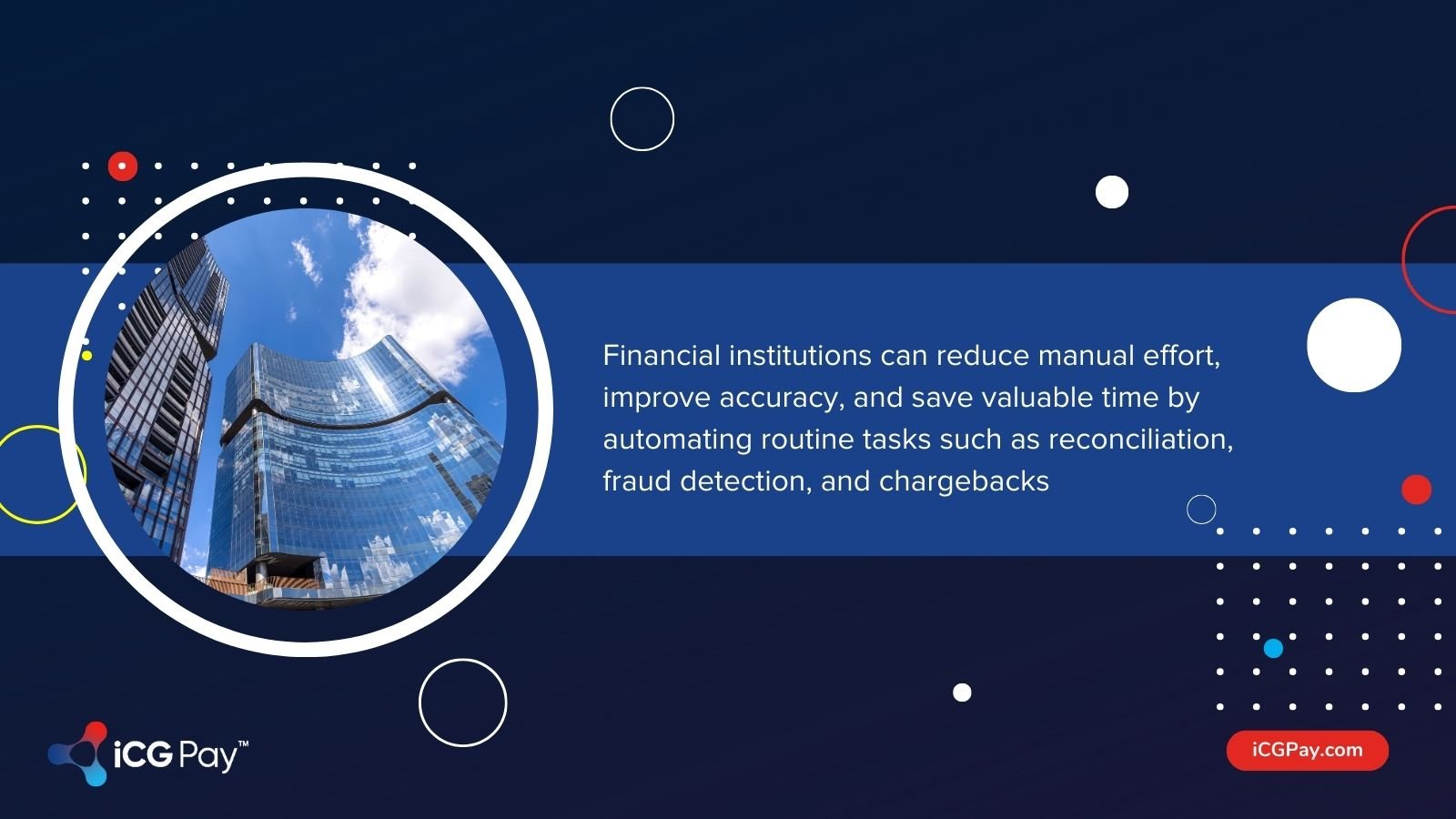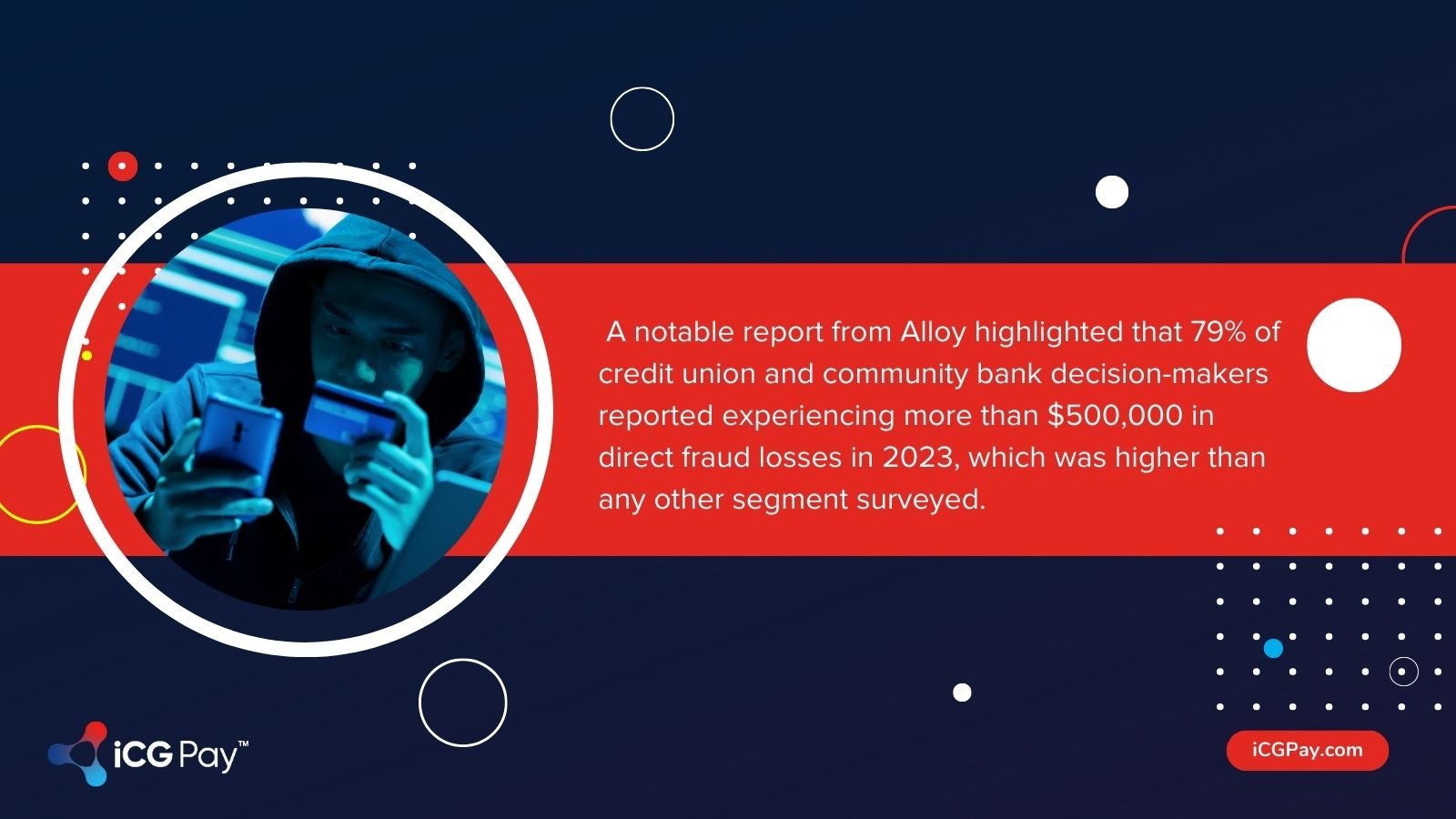Credit card payment processing used to be a straightforward affair. Swipe the card at the store, and the bank will process the transaction. However, times have changed, and the landscape of credit card payments has evolved dramatically. With the rise of e-commerce, global business transactions, and technology, businesses need help managing credit card processing. An Experian report reveals an individual has an average of three different credit card accounts.
Consider the story of Sarah, a passionate entrepreneur who runs a thriving online boutique specializing in handmade accessories. Sarah’s business has seen remarkable success, attracting customers worldwide eager to purchase her unique creations. As her international clientele grows, Sarah realizes the need to accept credit card payments to expand her customer base further.
However, the complexity of credit card payment processing becomes evident. Sarah needs help with many challenges, from navigating diverse payment gateways and security protocols to managing the reconciliation of funds and chargeback procedures. Each credit card network has its own set of rules and regulations, requiring Sarah to dedicate significant time and resources to understand and comply with them.
As her business expands, Sarah juggles multiple merchant accounts across various financial institutions to accommodate different currencies and payment methods.
Enter the need for financial institutions to offer robust one-stop-shop credit card processing services. And a business opportunity for growing banks and credit unions.
Why Implement Streamlined Credit Card Processing?
70% of U.S. adults had a credit card in 2023. Credit cards are a safety net for most people who prefer to hold a large amount without the burden of carrying it. Carrying cards proves more convenient and considerably safer than carrying cash. This is why more businesses wish for a simplified processing system.
- Streamlined credit card processing saves time and eliminates complications, allowing businesses to focus on core activities of their business.
- 50% of Americans say they are less likely to purchase something online if the checkout process takes longer than 30 seconds. A hassle-free payment process enhances customer experience, customer satisfaction, and loyalty.
- Efficient credit card processing reduces the risk of errors and fraud, protecting sensitive customer information and fostering trust.
- It optimizes operational efficiency, improves revenue generation, and drives business growth in the long run.
- It enables businesses to gain valuable insights through advanced technology and data analytics to make informed decision-making.
For financial institutions, it is a golden opportunity to earn more revenue and experience growth without significantly investing in revolutionary changes to their business.

Simplifying Credit Card Processing
An ideal credit card processing solution should cater to the diverse needs of a business and enable seamless processing of credit card payments, allowing entrepreneurs like Sarah to expand their customer base internationally.
Let’s explore how you can build a simple and efficient credit card processing service for your customers:
Assess Your Business
Before delving into strategies, understand your institution’s challenges in credit card processing. Identify your goals, budget, resources, and current systems. Consider your payment networks, security concerns, regulatory compliance, and the condition of your existing systems. A clear idea of your business will help you proactively find suitable solutions.
Integrated Payment Solutions
One of the most effective ways to simplify credit card processing is by implementing integrated payment solutions. These solutions seamlessly connect various banking systems, enabling institutions to process transactions within their existing infrastructure. This streamlines operations, reduces manual errors, and enhances the overall efficiency of payment processing.
Consolidation of Systems
Managing multiple payment channels, such as online, ACH, and mobile payments, can be complex and time-consuming. A consolidation strategy involves combining all these channels under a single platform, simplifying management, reporting, and reconciliation processes. It also enables a consistent user experience across various touchpoints, making it easier for customers to engage with the institution.
Automation and Machine Learning
Financial institutions can reduce manual effort, improve accuracy, and save valuable time by automating routine tasks such as reconciliation, fraud detection, and chargebacks. Machine learning algorithms can also help identify patterns and trends, enabling proactive risk management.
While banks can build their team to handle credit card processing, a smart option is to partner with a third-party payment processor. The right payment processor would act as an extended arm of your business without you having to hire and manage a team. They take care of it all while you reap the benefits.
However, finding a suitable payment processor can take time and effort. Evaluate these factors before making a choice.
 Expertise and Support
Expertise and Support
Collaborate with a trusted payment processor or technology provider, preferably a Nacha-Prefered Partner, with expertise in your industry so they can guide you through the complexities of credit card processing. Ensure they have a responsive and knowledgeable customer support team for resolving issues promptly and assuring smooth payment operations. Look for a payment processor that offers 24/7 customer support via multiple channels.
Compliance & Security
As financial institutions handle sensitive customer data, security is paramount. A notable report from Alloy highlighted that 79% of credit union and community bank decision-makers reported experiencing more than $500,000 in direct fraud losses in 2023, which was higher than any other segment surveyed.
Choose a payment processor with robust security measures, including data encryption, tokenization, and real-time fraud monitoring, to protect against data breaches and financial losses. Ensure the payment processor complies with industry standards such as the Payment Card Industry Data Security Standard (PCI DSS).

Integration and Scalability
Evaluate the compatibility of the payment processor with your existing infrastructure and software systems. A seamless integration process reduces operational complexities, and streamlines payment flows. Additionally, consider the scalability of the processor to accommodate future growth and evolving payment trends.
Multi-Channel Support
Look for a payment processor that supports various channels, including ACH payments, online, mobile, and virtual terminal transactions. This flexibility allows customers to make payments through their preferred channels, enhancing their overall experience.
Intuitive Interface & Accessibility
Choosing a user-friendly credit card processing system is paramount to ensure a smooth checkout process and easy administration. It also reduces training time and minimizes the risk of errors during transaction processing. It should also be accessible from multiple platforms, including desktops, tablets, and smartphones, so customers can conveniently make payments from anywhere.
Reporting and Analytics
Reporting and analytics tools enable businesses and institutions to gain insights into transaction trends, identify opportunities for improvement, and make data-driven business decisions. Make sure the third-party processor offers you and your customers access to analytics.
Cost-Effectiveness
Evaluate the pricing structure of the payment processor, considering factors such as transaction fees, setup costs, and ongoing maintenance expenses. A transparent and competitive pricing model ensures that your institution maximizes profitability. Ensure there are no hidden fees involved.
A Successful Bank & Third-Party Processor Partnership
Chase Bank partnered with Stripe, a top payment platform, to improve their credit card processing. By teaming up, they made transactions faster and smoother for customers. Chase Bank gained access to Stripe’s advanced tools and technology, enhancing the payment experience.
The partnership also expanded Chase Bank’s e-commerce options, making it easier for customers to shop online. Stripe’s developer-friendly platform benefited the collaboration, allowing for seamless integration with Chase Bank’s systems. As a result, Chase Bank could handle more transactions and expand globally, serving a broader customer base.
In addition to Chase Bank, several other large banks and financial institutions have partnered with third-party processors to simplify payment processing and expand their offerings without investing more time.
Simplify Your Credit Card Processing System!
Simplifying credit card processing for financial institutions requires a comprehensive approach that addresses challenges, embraces streamlined strategies, and establishes partnerships with reliable payment processors.
We have covered everything you need to know to build a successful payment processing system for your bank. Check out our FAQs guide if you have any further questions. If our guide fails to resolve your questions, contact our experts. We’d be happy to help you build a successful, future-ready business.




